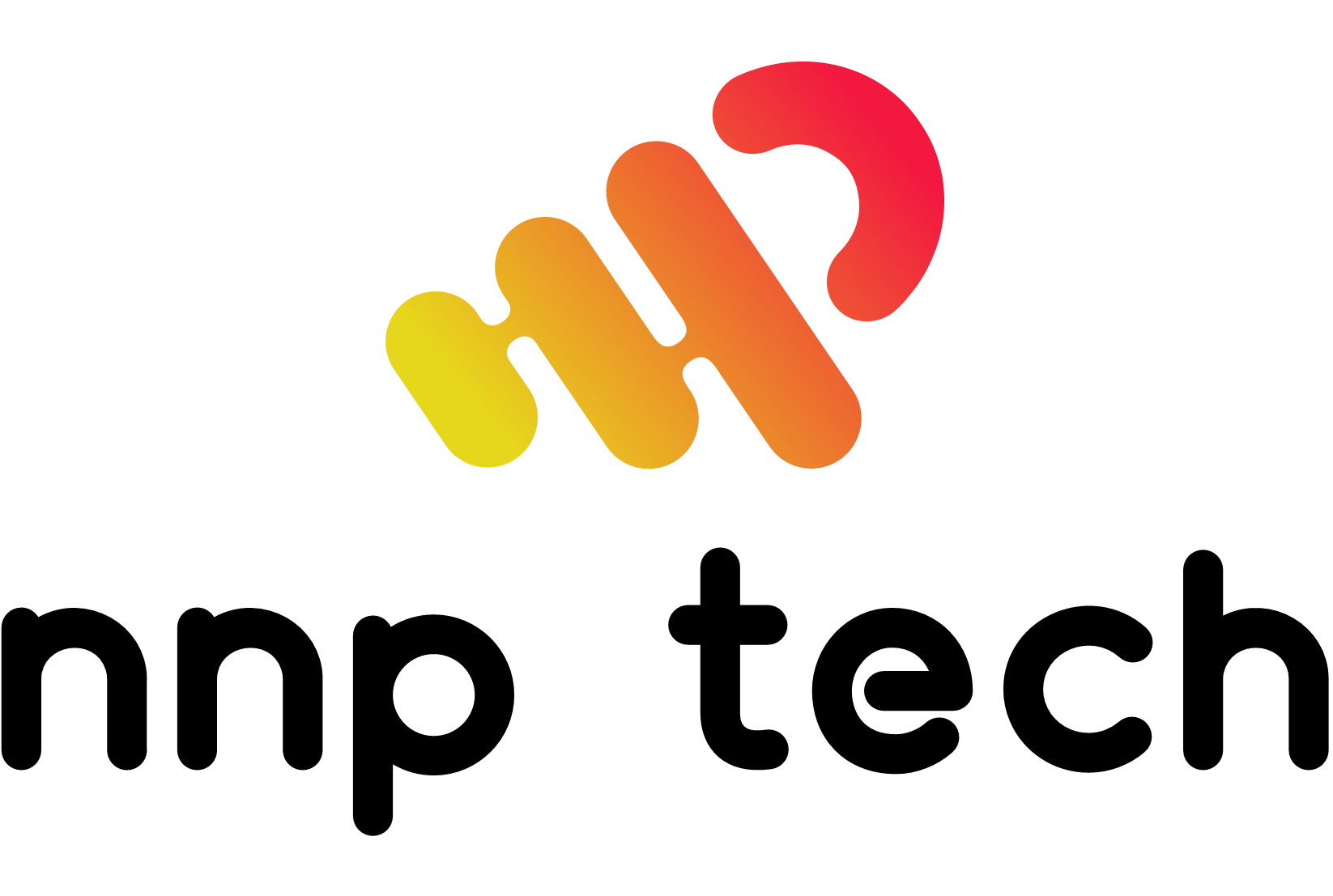In this era of digitization, data has the power to change the world. While data continues to fuel innovation and technological advancement, the world has started to witness unprecedented growth in internet connectivity. Consequently, there is an increasing demand of digital infrastructure to deliver ubiquitous optical connectivity.
The existing network infrastructure is not fully equipped to deal with the sudden rise in data traffic. Across the globe, the optical fibre penetration levels are still low. Even in the developed nations, fiberization is only 65-70% and wired broadband penetration is not enough.
In order to ensure that the people receive the benefits of a digital economy, it’s important to connect them with high-speed internet. This can only be achieved by building robust optical fibre network across the globe. To leverage new technologies, such as 5G and FTTH, telecom operators across the world need better performing networks, which are faster and more affordable.
A network’s low quality of service (QoS) can cause a lot of issues while designing and building the network infrastructure. In most cases, this happens due to high signal losses and challenges faced while upgrading the network. The process to roll out new networks can be time-consuming, and requires skilled manpower to manage the difficult installation processes.
The NNP TECH has been created to help telecom operators, ISPs, citizen networks, and major corporations build out networks more quickly, more effectively, and more affordably. We are offering end-to-end functionality, including optical fiber components, pre-connectorized kits, and post-sales support.
We offer the best optical fiber solution in the entire world.










